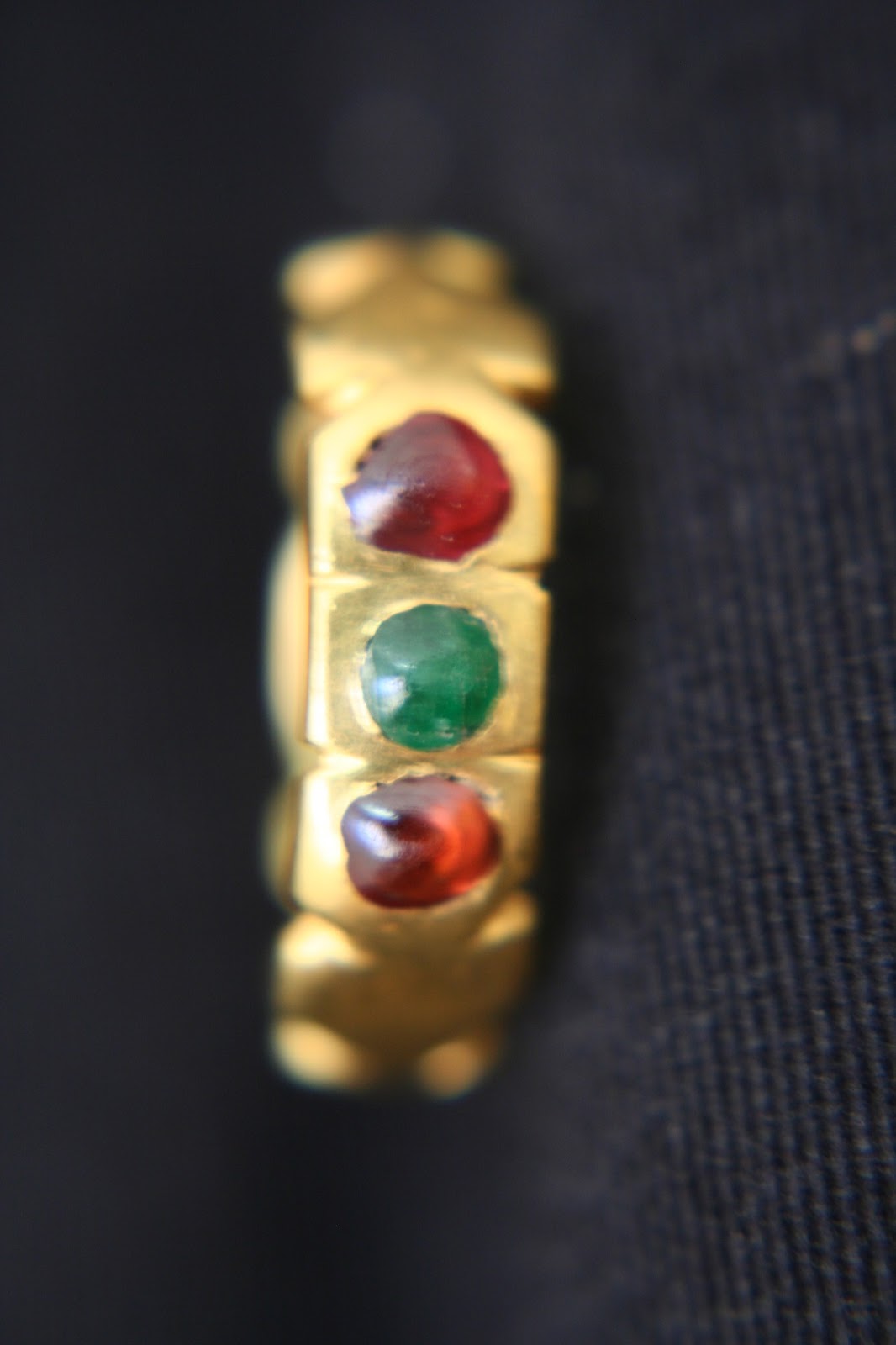The archeological site of Hort des Pilarets has three distinct chronological phases:
A) An islamic necropolis or maqbara (centuries X-XIII AD).
B) A Roman settlement (centuries II-III AD).
C) And finally, two rooms of punic period (2nd century BC) that were the beginning of the building and were reused by the roman phase.

Plan of the site.
A) Islamic phase:
The necropolis consists in 18 islamic burials in simple pit. The skeletons are placed on the right lateral (right lateral decubitus) and orientations are east to west (with heads on west and faces are looking to south).

General view of the maqbara.

Detail of the tombs. From left to right: T-5, 4 and 9 (infant burial).
Tomb 11.
Tombs 2 and 1 (from left to right).
B) Roman phase :
This consist in five rooms Roman (one of them was reused at the punic phase). We could date this construction with pottery: an african plate-capper of cooking, form Hayes 196. Their functionality maybe started at the second half of 2nd century AD and can be extended until, minimum, to first half of 3rd century (appeared, in one of the preparations for paving, a coin of emperor Gordian III). Surely the abandonment occurred in last years of 3rd century or at the beginning of 4th: two negatives structures, who cuts the walls of roman house (terminus ante quem), bears this out. They are a circle hole (stratigraphic unit nº 99) and a trench (SU-96). Their fillings gave us abundant pottery of the Late Roman Empire and Late Antiquity.

Photography overall of the roman rooms (in the upper, left corner, you can find the two punics rooms).
 New aerial photography where we can see, in detail, the remains of pavements at the rooms.
New aerial photography where we can see, in detail, the remains of pavements at the rooms.



Detail of one of the romans rooms.
C) Punic phase (2nd century BC):
It comes down to two rooms, one of which is underneath southeast edge of the work. With locals amphoraes (PE-24 and PE-17/T-8.1.3.2) and campanians potteries, found them in foundational levels (pavements and walls, basically), we could establish their functionality in the 2nd century BC. This confirms, as elsewhere (ses Païsses de Cala d'Hort, can Servent, can Pere Arabí...), that the construction of romans settlements had their beginnings from ancients punics houses (called mapalias). The first record that we have of this type of settlements (mapalias) has been given to us by the latin writer Sallust (86-35 BC) in his book The War of Jugurtha.

Detail of one of the punics rooms.
Second punic room annexed by the Southeast than the previous.
Hort des Pilarets offers great innovations in the archeology of the city of Ibiza for various reasons, but we will highlight briefly two. First, it refuses the idea, held so far, that the line of the ancient bay was localizated through Madrid Street; with this hipothesis, this site should be into the sea. A fact which can disprove, with the phases we have presented here, no only for islamic period, also for the punic and roman. Secondly, it seems to give us the northern boundary of the maqbara, located, and excavated recently (maybe ten years ago), at the España Avenue (a street close to our excavation by the south).





















